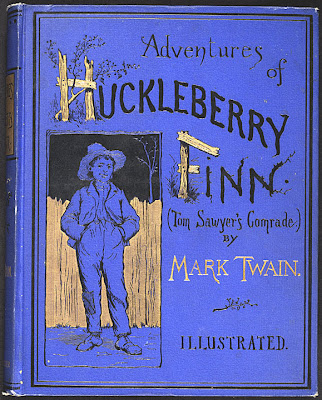 |
| William Barnesmore "Willie" Pape |
William Barnesmore "Willie" Pape was born February 27, 1850 in Mobile, Alabama, the son of William O. and Tabitha McBride Pape. His talent for music was discovered at a very early age and in 1854, Willie’s father began giving him music lessons. He was so gifted that even at the age of thirteen he was able to play many of the most demanding piano sonatas from memory.
 |
| Concert program, 1863. |
Willie and his father traveled to New York in preparation to travel to Europe just as the American Civil War erupted. Alabama, in fact seceded from the Union while they were traveling in January of 1861. Rather than going abroad as planned, they stayed in New York for two years. Willie continued his studies under Sebastian Bach Mills. After brief concert tours to Havana, Cuba, and Canada, Willie and his father finally left for England in 1863.
 |
| Sheet music cover featuring Willie Pape |
Willie's first public performance in England on 27 April 1863 was a huge success and eventually led to the patronage of the Prince and Princess of Wales in 1864. He spent several more years in England, performing and touring, until returning to the United States in 1875 and resettling in Mobile. He retired from his musical career at the tender age of seventeen years old. When he left England, Willie gave up the piano completely, though he did play church organ throughout his his life.
He was married twice; first to Ella Anderson (around 1880) who died on 9
August 1889; and then to her sister, Mary Anderson. Ella and Willie
had three daughters, Ethel, Ella, and Hazel; Mary and Willie had one
son, William Sherwood.
He began his second career not long after he returned to Mobile, studying medicine. In 1882, Pape graduated from the Medical College of Mobile and began his practice in Mobile. He also served on the faculty of his alma mater where he was a Professor of Physiology and Hygiene. He died August 30, 1901.
 |
| William Barnesmore Pape in later life |
The Willie Pape scrapbooks were donated to The University of Alabama
Libraries in 2012 by Dr. William Pape Wood. We would like to thank the
descendants of William Barnesmore "Willie" Pape for this generous and
historically important piece of Alabama and music history.
 |
| A letter from Mother, March 21, 1861 |
The two Willie Pape scrapbooks offer interesting insight into his world as a young musician and performer. The letters he received, as well as concert programs, reviews and other materials are contained in these rare scrapbooks. They include impassioned letters from his mother and grandmother that discuss family business as well as the War, illness, disease, and death. We also know that young Willie Pape sent a letter to President Abraham Lincoln just two weeks before his assassination. The letter spoke passionately about a young man's struggle to connect with his family during the Civil War and the heartache that the war and prolonged separation had caused him.
It reads:
Willie Pape, 9 Soho Square London Pianist to the Royal Family at Marlboro House
By Command of H.R.H. the Prince of Wales, June 6, 1864
March 29, 1865
Your Excellency --
I left my native town, Mobile, Alabama, for the purpose of pursuing my studies under the best musicians in Europe, on the 1st of March, 1861 -- now four years since. On my arrival in New York I was informed by my father who accompanied me that our State had seceded from the Union, & that we had better remain a while before we embarked for England. I remained in the North for two years studying and occasionally appearing in public for the benefit of charities. On my arrival in England I was permitted to appear at several Grand Concerts, at which the Royal Family attended, and I have been honored by the highest position attainable by an artist.
I have written my mother many times, and to my Grandmother, by the way all letters to the South go. (I don’t know how that is, only they are deposited in a basket at Bishopgate street, & prepaid), but I have not heard a word from any of my family since the mails were stopped.
I was fifteen years old on the 27th of last month, and have been absent from Mobile since I was 11. I am very anxious to hear from my Mother if there is means of doing so.
I am in daily communication with Her Majesty or the Prince of Wales. They are my patrons & friends, and despite jealousies of native pianists, they awarded me the highest honors. It has been a source of great dissatisfaction to the Royal Academy that an American should have been so honored, but in this country merit alone gives precedence in the fine arts.
The honor of your answer will make very happy one who, although raised to so high a pinnacle of favor, is at all times unhappy and despondent.
I am informed that property left me by Grandfather has been confiscated through our absence from the so-called Confederate States. Our property was assessed at 25,000 dollars.
To the Hon. Abraham Lincoln.
The Pape scrapbooks will be on exhibit in the lobby of the W.S. Hoole Special Collections Library beginning Friday, December 15, 2012. The University of Alabama Libraries would like to thank the descendants of William Pape for their generous gift of these treasured and historically significant items



















































